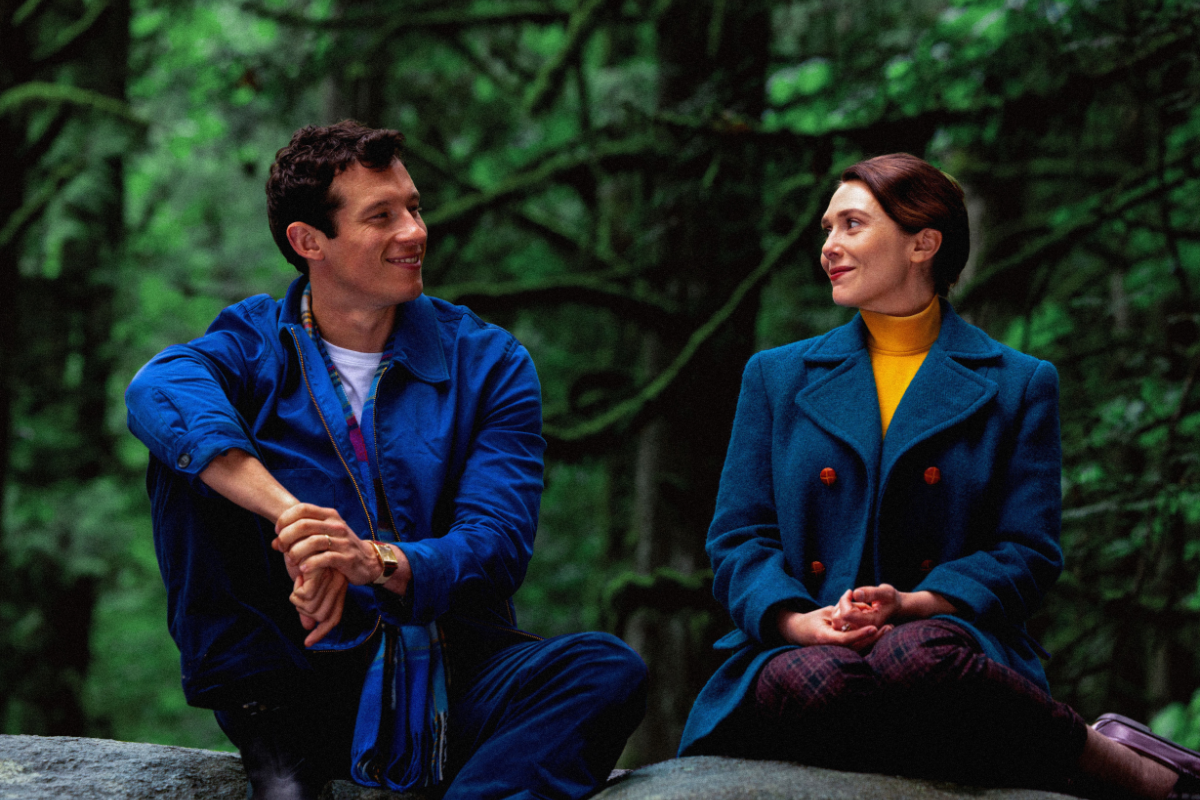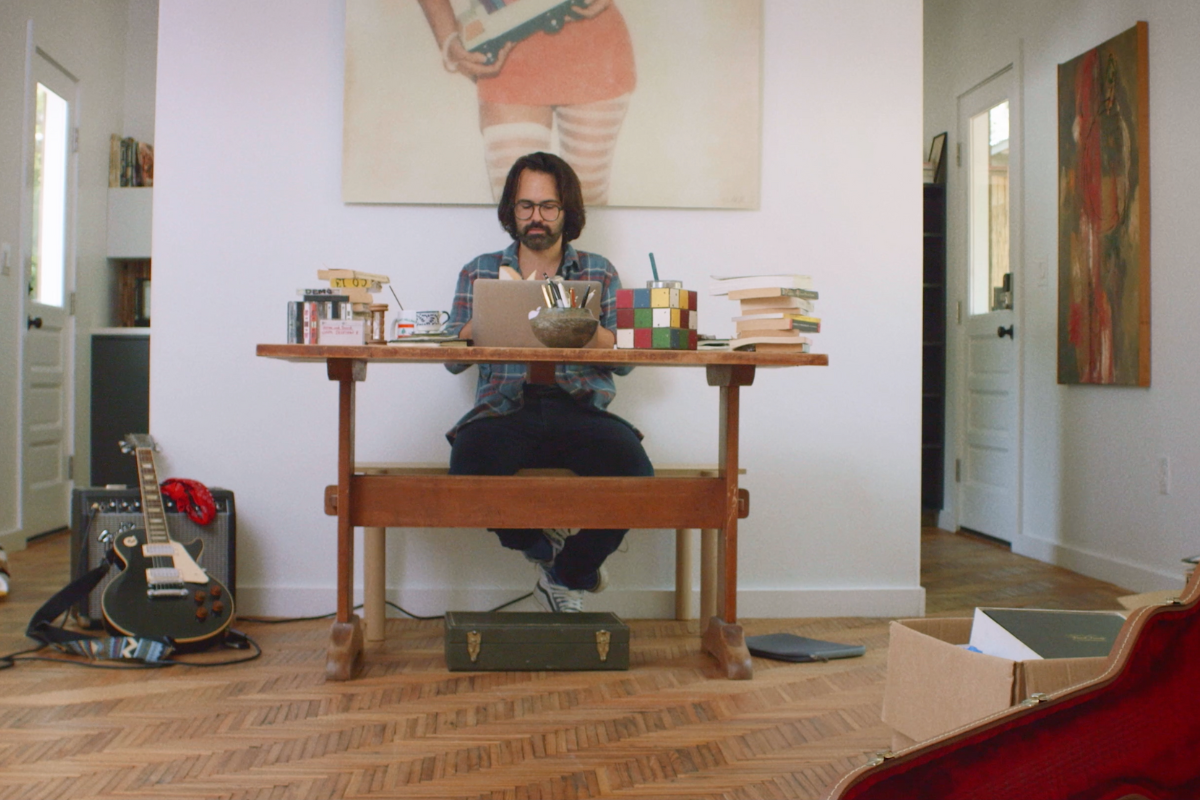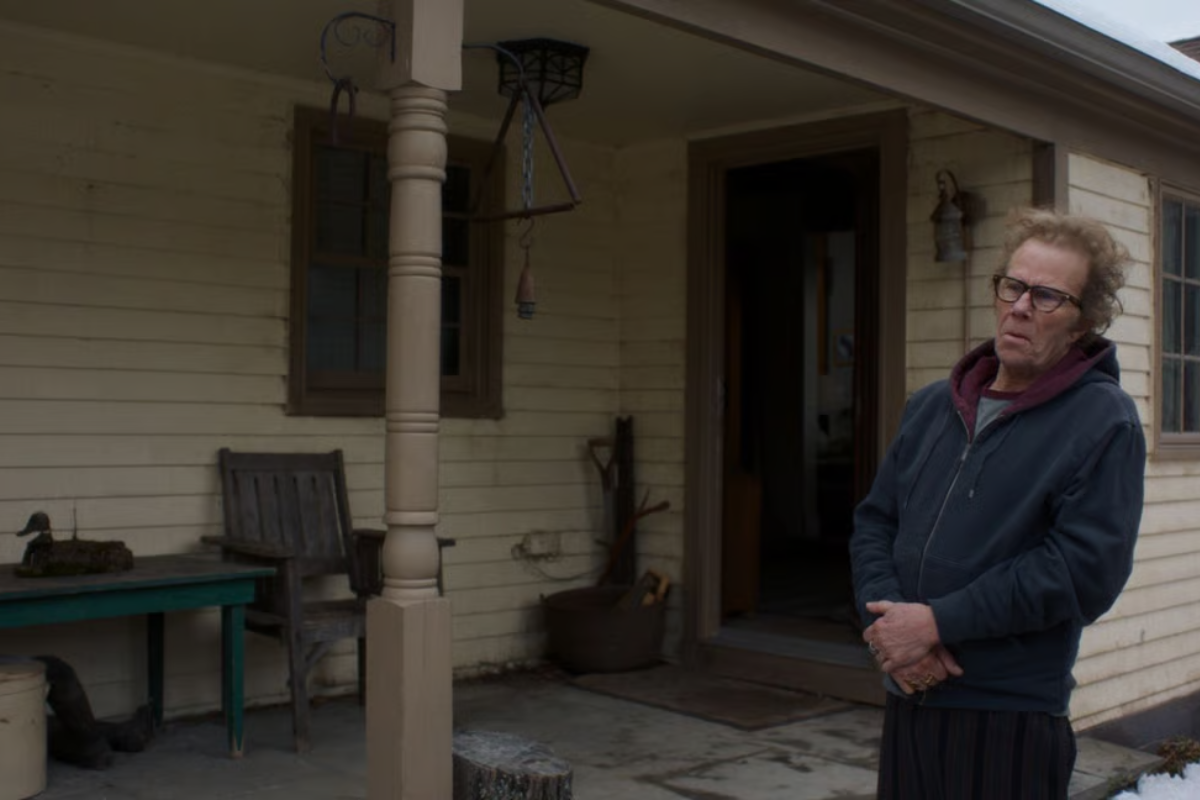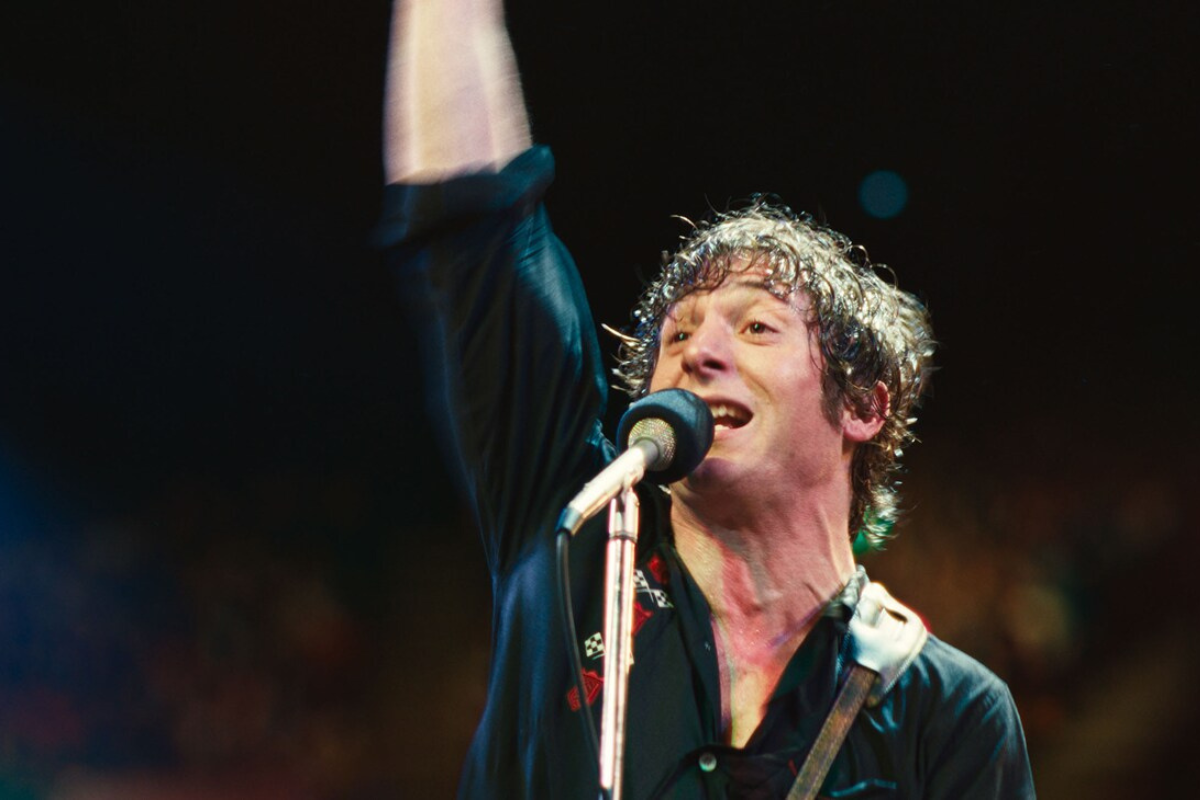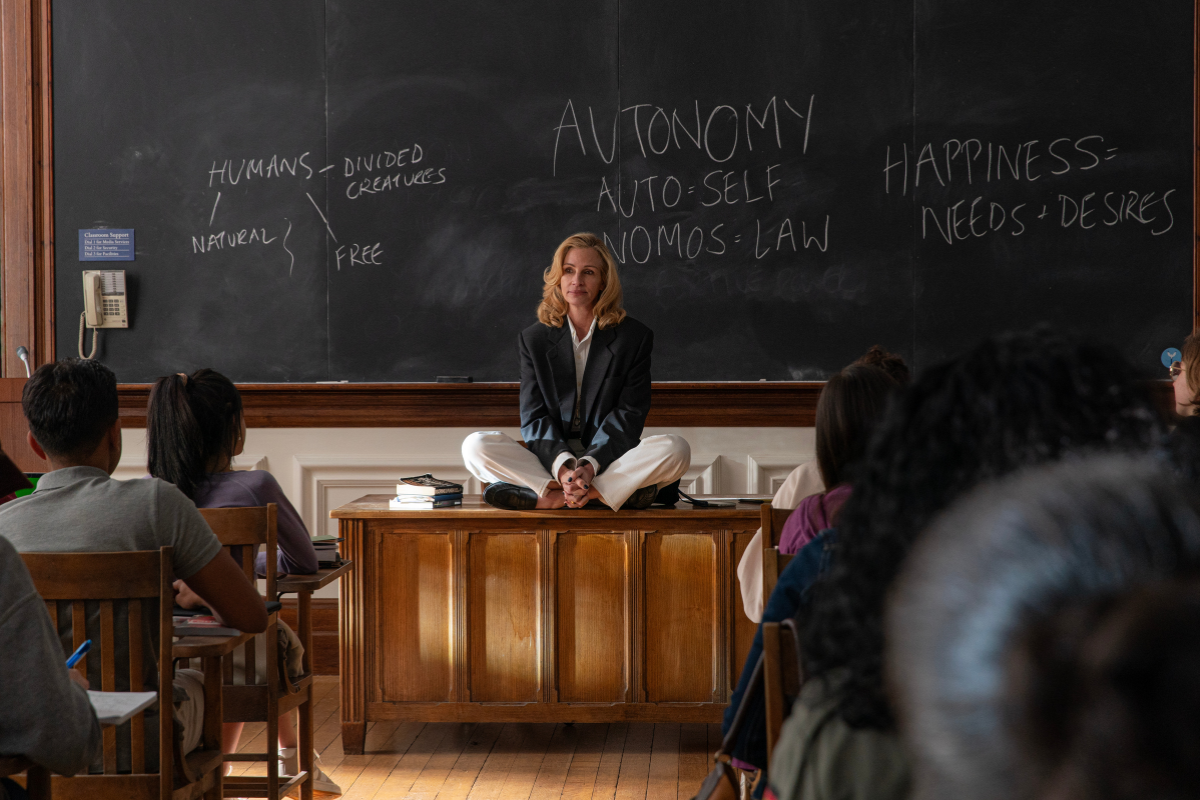Vampires & Joie de Vivre: A Conversation with Prosthetic Makeup Designer Paul Jones
Legendary prosthetic makeup designer Paul Jones talks about his storied career, his joy for creatively pivoting between skills within his department, his thoughts on creating character from a makeup point of view, and his long tenure on FX’s five seasons of ‘What We Do in the Shadows.’
People arrive in show business for many different reasons and through many distinct paths. Some of them are pursuing personal notoriety. Some fortune. Some are after the scariest and most elusive thing of all: A sustainable creative career as an artist.
Across different departments, the artists who have a sheer joy for the craft, who are here for that purpose alone, stand apart from the crowd. Their enthusiasm is infectious. It has ripple effects that transform the everyday work… It causes them to say “yes” to tasks another individual might say “no” to. To weather production storms and problems that might pull another artist under and drown them. To work tirelessly without becoming bitter or developing a hardened edge to their persona that affects their relationships with collaborators. Most specifically, it allows them to do nutty things like stay up, late into the night, and craft a second prosthetic body, when all they contractually needed to deliver is one…
I had the sheer delight of speaking with legendary prosthetic makeup designer Paul Jones about his storied career, his joy for creatively pivoting between skills within his department, his thoughts on creating character from a makeup point of view, and his long tenure on FX’s five seasons of What We Do in the Shadows, which peaked with the prosthetic complexity of season five’s Hybrid Creatures episode.
Behind every monster is, in this case, a wonderful human being.
This interview has been edited for content and clarity.
Anne Marie Boidock: I want to talk about your "Hybrid Creatures" episode of What We Do in the Shadows but it seems like you got started pretty young. Did you always know you wanted to do this?
Paul Jones: I never knew I wanted this as a career because I wasn't thinking in those terms. This was purely a hobby. Essentially, it still is, I just get paid for it. I think you'll find that answer with a lot of artists, if they're lucky to make a career out of any kind of art, you never really feel like you're working. I had a whole bunch of monster makeup photos that I'd accumulated on friends as test subjects when I was like 13, 14. Around about 18, I sent some to a guy who knew a guy, and next thing you know, I was at Shepperton Studios working on a movie.
AMB: How do you build your toolkit for something like this?
PJ: I just made do with what I had. At the time, it was what materials were available to me. I was reading old issues of Fangoria and Cinefantastique and getting a magnifying glass and looking on the shelves behind the photo of the artists working to see what kind of paints he had up there in the background, what kind of tools he was using. I had a good grounding of the basics, the clay, the plaster, the latex when I started work, and obviously on the art side of it, I could paint, I could sculpt a little bit. I had to kind of figure it out on my own.
For instance, when I was on Nightbreed, I'd only ever been known as a sculptor or a painter. There were these characters called the Berserkers and I thought, 'Oh, they've got mechanical faces, I'd love to give that a go.' So I kind of borrowed some materials from the shop, went home for the weekend, built a mechanical face, brought it in on Monday having never done this before and it had little levers to make its lips move and its eyebrows move. And my boss, a guy named Bob Keen, was like, 'Wow, this is great, I didn't know you did mechs?' I go, 'I don't, this is literally the first thing I've ever built.' He went, 'OK, well, you're doing the Berserkers.'
AMB: Do you like to stay hands on even when you’re supervising now?
PJ: Any day I'm sticking my hands in buckets of blood or pulling rubber out of a mold it's a good day for me. If I was given enough time, I wouldn't hire any crew. I tend to look at a script and break it down, say it's got ten different things in it, I'll probably end up doing seven of them. Because I literally could do everything myself and that's not purely ego. It's just that I just love what I do.
Especially on What We Do in the Shadows. I mean, it’s a great show and it's gotten so much love over the six seasons, but what people don't realize is, it's still a 20-minute comedy. It may have a fantastical world we create things in but, by comparison, to other shows like The Mandalorian, it's a very small budget. We have to kind of make do with what we have. What we have is vampires, imagination, and a lot of late nights.
AMB: How far in advance do you get a script like "Hybrid Creatures" to be able to start brainstorming?
PJ: I think I had about seven weeks of prep, that included casting and also designing. In the original script, we had, I think, 15 different hybrid animals and, really, Paul [Simms] was just going for broke. We discussed the essential ones. Found the balance between human and animal. That was the hard part, because we didn't want to make them grotesque. We wanted to make them exactly how the title describes — a hybrid. So you could see the humanity, but also see what type of animal they were.
The design process was pretty short because we had a shorthand. Paul Simms is great, even from the first season, he would always say, when you're designing a creature, always try and find the funny, but we don't want it necessarily to look funny. It's how it acts. So there's a balance between the aesthetics and the action. And that's really important in a comedy because if we'd gone just pure goofiness, it would lose its reality, and then we'd be kind of pulled out of the world.
AMB: Can you talk a little about the individual creatures in the episode?
PJ: So, we had three performers in costume and they had prosthetic makeups and partial body suit pieces as well. One was in a silicon with hair punched in, that was the pig. And then the dog and the lamb were flocked. What was daunting was the frogs, because they're so small, so they needed to move, they needed to croak, and they also needed to be in different positions. So, we had to make different versions of them and they were all animatronic and we just kind of hid the cables behind. The rat is a completely self-contained rod puppet. What you don't see in the show are the two guys in green standing directly behind it. There’s the puppet and the puppeteer. But, because of our great visual effects team, we can just lose them entirely.
AMB: Wow, that’s so much going on…
PJ: What's interesting about this show, as a prosthetic makeup artist, is there's very little editing, because it's handheld. When we rehearse a sequence, or an entire scene, it's essentially shot as a master. All our coverage is within the shot.
Normally, say you're doing a werewolf transformation, you would go, OK, so he falls on his hands and knees, and then we cut, then we move around the other side, then we have a fake head, and then we cut, and so on… That doesn't happen in a documentary. So, not only do I have to design the effect to work for what the story needs, I also have to design it from the point of view of how we're shooting the show. So, there's nowhere to hide cables, there's nowhere to put people to operate things. So everything is either done remotely, or they have to be hidden in frame, which is usually done with green screen. So, it's a pretty ambitious show, considering the facilities we have. You'd be amazed at what we get away with.
AMB: What do you value in collaborators when you’re in the weeds on projects like this?
PJ: I think having a filmmaker that knows what limitations you have, but are able to tap into your enthusiasm to deliver more than is necessary.
AMB: You've worked on so many different types of things already, is there anything still on your wish list?
PJ: I'd like to work on a big fantasy epic. I missed out on Lord of the Rings, I missed out on Harry Potter. I'd love to contribute in a small way to like a Star Wars. On the other hand, I would have loved to have done a really good Godfather-type gangster movie. There is a whole bunch of really great, subtle prosthetic makeup in that movie. It’s sometimes nice to create something that just disappears into the film, rather than jumping out.
Stream all five seasons of What We Do in the Shadows on Hulu.
Originally from Texas and currently based in Los Angeles, Anne Marie Boidock is a writer who enjoys examining the creative process from inception to fruition, diving in to the intricacies of a project’s lifespan and resonance, and understanding the uniqueness and intimacy of different creative collaborations. Anne Marie also has experience working in entertainment as an indie writer-director and as a creative producer alongside other screenwriters for partners such as Nike’s Waffle Iron, Observatory, PatMa Productions, Somewhere Pictures, Hudlin Entertainment, Unanimous Media, Vox Media, among many others. She has previously contributed to Papercut Magazine.


